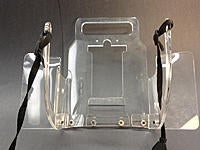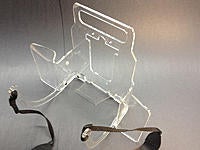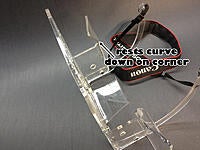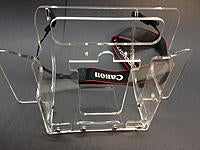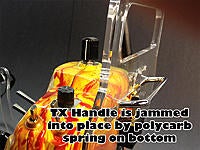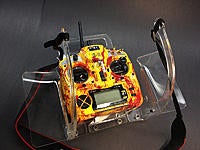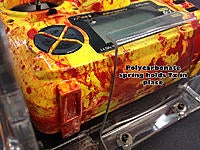Comments (0)
Add Comment
-
 Views: 290
Views: 290
Two curves with 100% rates. Pink has 40% Expo and Blue has 80% expo -
 Views: 267
Views: 267
Two curves with 0% expo. Orange with 100% weight/rate and purple with 50% weight/rate -
 Views: 288
Views: 288
Three curves. Orange and Blue have 100% weight. Orange has 0% expo and Blue has 80% expo. Green also has 80% expo, but 50% weight.
-
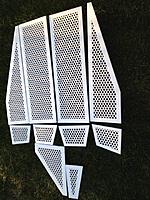 Views: 810
Views: 810
Parts laid out after cutting. -
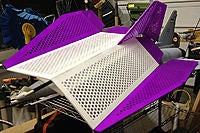 Views: 978
Views: 978
Wings, elevons and Vertical stab in place and covered with parklite, clear monokote, and New Stuff from Aloft Hobbies.com -
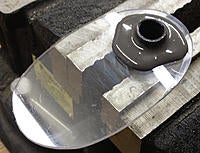 Views: 1730
Views: 1730
Poly-carbonate motor mount with JB weld fillet curing around 12mm tube. JB weld was probably not needed after thin CA, but just to be sure.... -
 Views: 820
Views: 820
Motor mount with mounted motor. ESC is still just dangling - and dowel bridging the backbone CF and the motor mount still needs trimming.


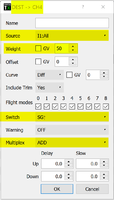





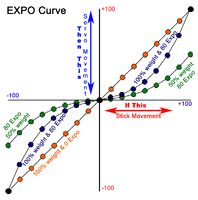
 I have them listed in the order they were published - so the most recent stuff is at the bottom. None of this relates to OpenTX 2.1 -- however the next series will start with OpenTX 2.1
I have them listed in the order they were published - so the most recent stuff is at the bottom. None of this relates to OpenTX 2.1 -- however the next series will start with OpenTX 2.1 
